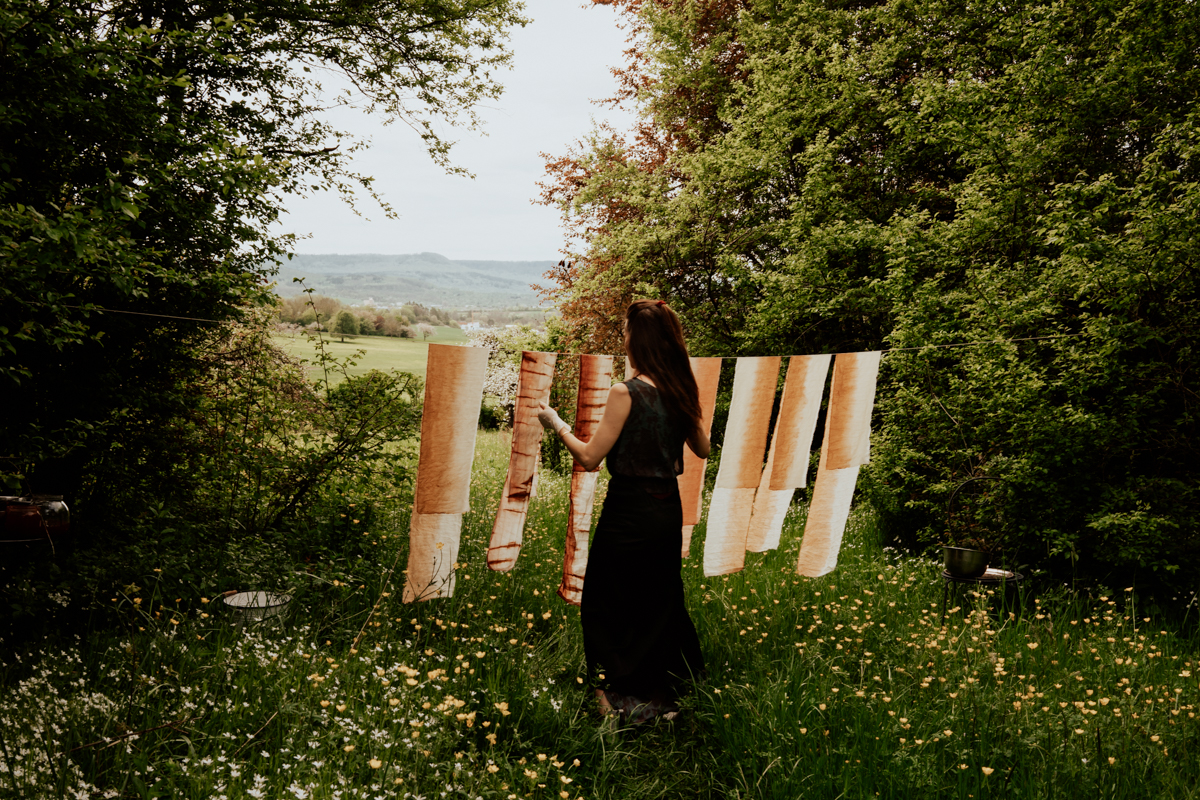°•☆• Waited for a good spot in my Insta feed to place these images of the American Football players “Eagles Reutlingen”. Typed “sports quote” into Google for some caption and found such a good line: It not only goes for sportspeople but for anyone. Here is it: “ᴺᴱᵛᴱᴿ ᴳᴵᵛᴱ ᵁᴾ! ᶠᴬᴵᴸᵁᴿᴱ ᴬᴺᴰ ᴿᴱᴶᴱᶜᵀᴵᴼᴺ ᴬᴿᴱ ᴼᴺᴸᵞ ᵀᴴᴱ ᶠᴵᴿˢᵀ ˢᵀᴱᴾ ᵀᴼ ˢᵁᶜᶜᴱᴱᴰᴵᴺᴳ.” (- ᴶᴵᴹ ᵛᴬᴸᵛᴬᴺᴼ)
For me having decided ahead of time not to give up on “making it” as a photographer has been super valuable. I used to have doubts when being confronted with failure, and now I don’t. Because I have already decided that I won’t give up. And because I know it’s just normal to experience rejection or failure at times – it happens to anyone on the way to success. How else are we supposed to learn and become better? I’ve heard and read so often that having faith and refusing to give up is one of the major keys to success. I mean, otherwise, there wouldn’t be so many sayings and quotes of successful peops about the matter after all.
If you have set your heart on something – be it in sports, a career, or a personal goal – don’t allow yourself to become discouraged but decide ahead of time that you will keep going, keep believing, and that you will not give up! ☺️💛✌️ °•☆•




























